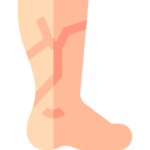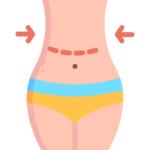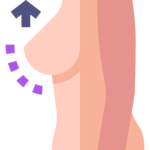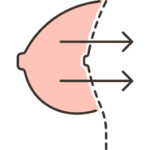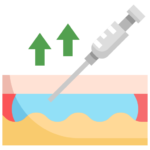Cosmetic Surgery




Rhinoplasty & Septoplasty
Rhinoplasty, also called nose surgery, reshapes the nose by reducing or increasing the size, removing a hump, changing the shape of the tip or bridge, narrowing the span of the nostrils, or changing the angle between the nose and upper lip. This procedure may also relieve some breathing difficulties when combined with surgery performed on the nasal septum.
Face Lift
Facelift surgery is usually done as an outpatient procedure. It may involve a local anesthetics and sedatives or general anesthesia. The surgeon lifts the skin off the deeper facial muscles and fat, gently pulls the skin in an upward and posterior direction, and removes the excess skin. They may tighten the deeper tissues of the face.




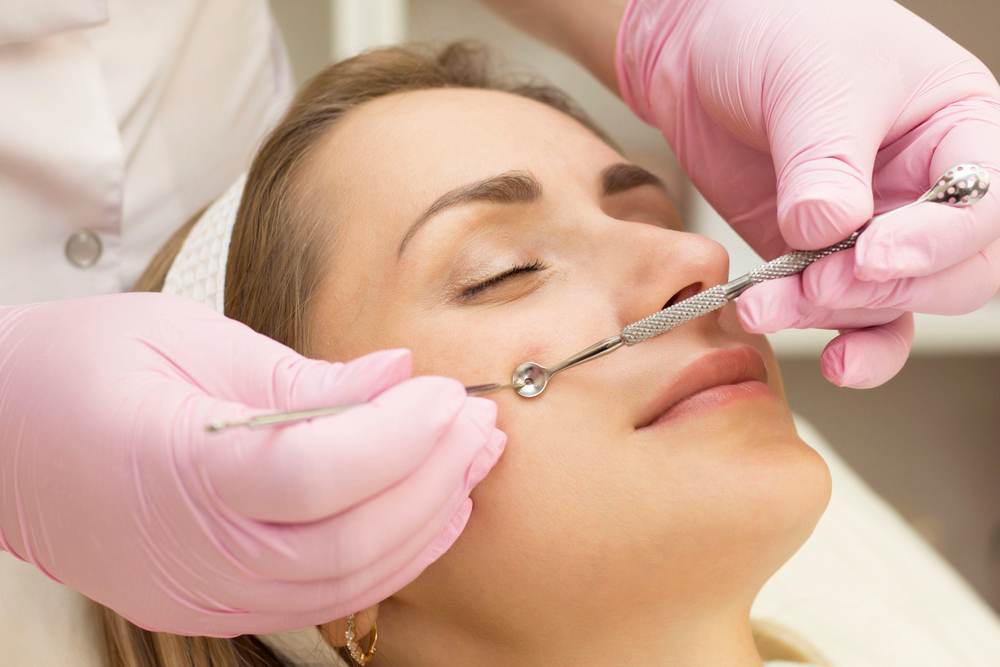



Facelift-Mini/Midface
A mini-facelift is a less invasive procedure that also aims to lift the wrinkles and sagging skin in the lower part of the face. Because it involves a smaller, s-shaped incision around the ear, it cannot address neck sagging or excess skin. Scarring and recovery time may be shorter than in a traditional facelift.The mini or mid-facelift rejuvenates the central section of the face, from the lower eyelid to the upper lip, by repositioning sagging tissues and enhancing the volume of soft tissue that is lost in the midface with age, sun exposure and gravity.
Blepharoplasty
Blepharoplasty, known as eye lift in lay terms, can be performed in conjunction with a facelift, depending on your need. Skin surrounding the eyes is intricate, complex even. The resulting outcome depends a lot on the surgeon’s dexterity, his ability, knowledge of the eye area and the skill to make a customized surgery plan.








Liposuction
Liposuction surgery removes areas of unwanted fat with a tube and a vacuum device. Liposuction techniques, including tumescent or super-wet, typically are performed after targeted fat cells are infused with a saline solution containing a local anesthetic and adrenalin to decrease blood loss. Benefits of this liposuction technique include increased safety, easier fat removal, as well as diminished postoperative discomfort. This also reduces post-operative bruising and swelling.
Lipoplasty

Some people have stubborn areas of fat cells that will not shrink no matter how much they diet or exercise. The common areas for these fat pockets include the chin, neck, hips, backs of arms, abdomen, above the knees, thighs, buttocks, calves, and ankles.
A technique called ultrasonic-assisted lipoplasty (UAL) may help you address that unwanted fat. UAL is an enhancement to liposuction.


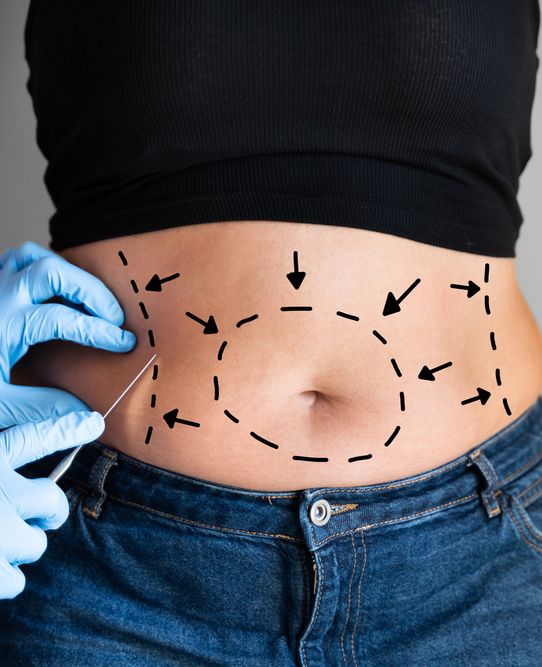
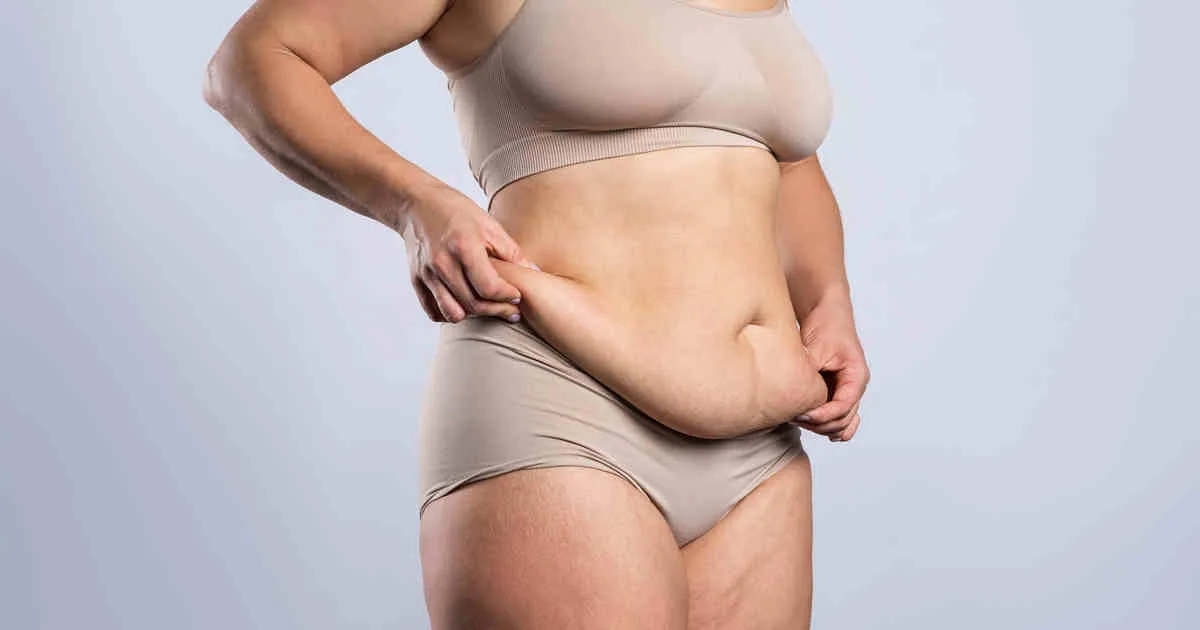



Mommy Makeover
The goal of a mommy makeover is to restore the shape and appearance of a woman’s body after childbearing. Many women notice changes in their bodies post-pregnancy. There are many areas of the body that can be addressed, most commonly the breasts, abdomen, waist, genitalia and buttocks. A mommy makeover is typically performed as a single-stage procedure. There are many techniques used to perform a mommy makeover :
- Desired amount of restoration
- Placement of the incisions
- Type of implant used
Eyelid Surgery
Eyelid surgery, or blepharoplasty, is a surgical procedure to improve the appearance of the eyelids. Surgery can be performed on the upper lids, lower lids or both. Whether you want to improve your appearance or are experiencing functional problems with your eyelids, eyelid surgery can rejuvenate the area surrounding your eyes.








Gynecomastia Surgery
Gynecomastia surgery reduces breast size in men, flattening and enhancing the chest contours. In severe cases of gynecomastia, the weight of excess breast tissue may cause the breasts to sag and stretch the areola (the dark skin surrounding the nipple). In these cases the position and size of the areola can be surgically improved and excess skin may be reduced. Plastic surgery to correct gynecomastia is technically called reduction mammaplasty.
Hair Transplantation
Hair transplant surgery is performed to restore hair to areas of the scalp that are bald or that have thinning hair. There are multiple types of hair replacement surgery. Most commonly, these involve hair transplantation, but flap surgery, tissue expansion of the scalp and scalp reduction surgery, are also methods used for hair replacement. Each of these types of surgeries can be used alone, or in combination, to provide the patient with the best possible outcome for hair replacement. Hair transplantation involves removing small pieces of hair-bearing scalp from a donor site and using them as grafts to be relocated to a bald or thinning area of the scalp.








Ear Surgery
Ear surgery, also known as otoplasty, can improve the shape, position or proportion of the ear. A defect in the ear structure that is present at birth or that becomes apparent with development can be corrected by otoplasty. This procedure can also treat misshapen ears caused by injury. Otoplasty creates a more natural shape while bringing balance and proportion to the ears and face. Correction of even minor deformities can have profound benefits to appearance and self-esteem. If protruding or disfigured ears bother you or your child, you may consider plastic surgery.
Varicose Vein Surgery (Laser)
Varicose veins are abnormally large veins often seen in the legs. Normally, blood travels from the heart to the legs by arteries and back to the heart through veins. Veins have one-way valves that allow blood to return from the legs against gravity. If the valves leak, blood pools in the veins, and they can become enlarged or varicose. Endovenous ablation is an image-guided, minimally invasive treatment. It uses radio frequency or laser energy to cauterize (burn) and close the abnormal veins that lead to varicose veins.








Abdominoplasty
Abdominoplasty, also called tummy tuck surgery, surgically removes the excess skin and fat that lies between the umbilicus and the overhanging skin (or to a cesarean scar) from the abdominal area. Depending on the needs of the patient, the muscles of the abdominal wall are tightened. The incision is a half-moon shape (length is dependent on the mass of skin and fat to be removed).
Breast Augmentation
Breast augmentation, sometimes referred to as a “breast aug” or “boob job” by patients, involves using breast implants or fat transfer to increase the size of your breasts. This procedure can also restore breast volume lost after weight reduction or pregnancy, achieve a more rounded breast shape or improve natural breast size asymmetry.

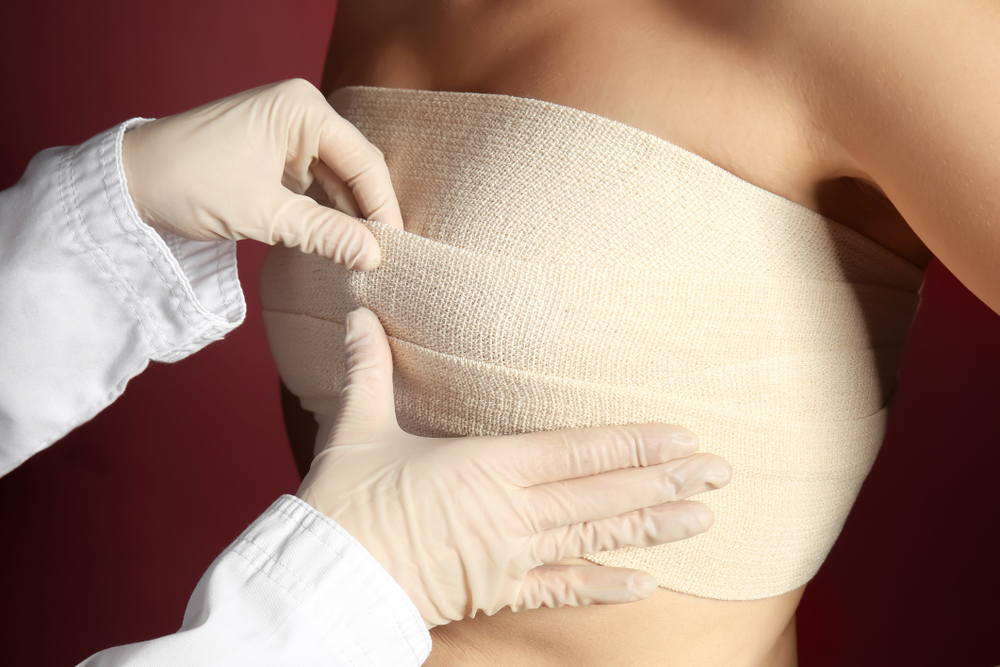






Breast Lift
A breast lift, also known as mastopexy, raises the breasts by removing excess skin and tightening the surrounding tissue to reshape and support the new breast contour.
New statistics from the American Society of Plastic Surgeons show breast lifts have grown 70% since 2000, outpacing breast implants 2-to-1.
Sometimes the areola becomes enlarged over time, and a breast lift will reduce this as well.
A breast lift can rejuvenate your figure with a breast profile that is more youthful and uplifted. A woman’s breasts often change over time, losing their youthful shape and firmness.
Breast Reduction
Breast reduction surgery, also referred to as reduction mammoplasty, reduces the size and improves the shape of the breasts. Typically, women who are candidates for this procedure have physical symptoms related to the weight or shape of their breasts. These symptoms include back pain, neck pain, and bra strap grooves in the shoulders. The incisions vary based on the breast size before the operation and the final post-operative size.







Fat Transfer
Fat transfer, also called fat grafting, fat injections and lipofilling, is a procedure that uses a person’s own fat to fill in irregularities and grooves. This is now a well-established technique that was perfected in the early nineties to a predictable procedure. It is also one of the most common methods used for lip enhancement. In addition, lipofilling can be used to smooth out all types of irregularities such as those resulting from poorly performed liposuction or injuries.













